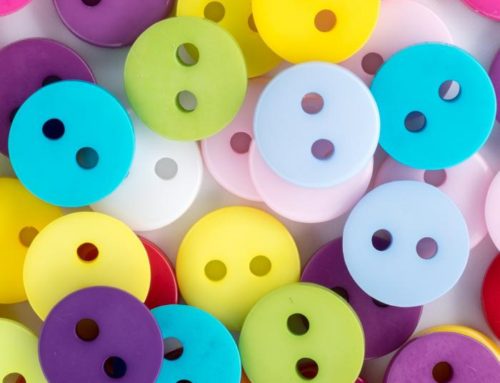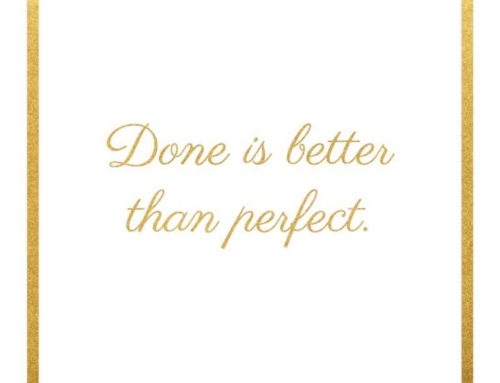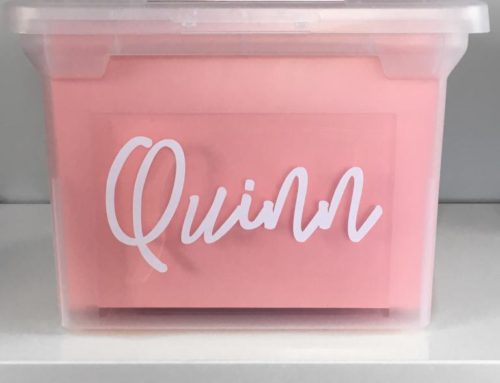Can you believe it’s the first day of Fall? I absolutely LOVE this time of year. No secret in my inner circle that pumpkin spice lattes, pumpkin scones, cozy sweaters, and snuggling up under blankets are some of my favorite things. In preparation for the new season, I went through my fall/winter clothes this week and did some editing. While the act of editing your belongings is critical for keeping an organized home (you can only have so much in any space after all), determining what to do with those edited items is also important. That leads me to this post on donations.
Donating your unwanted (but still usable items) is always a good idea. First, it gets the items out of your house which reduces clutter and makes it easier to find the items you actually like. It extends the life of still usable items and prevents them from filling up a landfill too soon. It also provides usable items to others who might not have otherwise been able to afford them. Lastly, it just feels good!
While I think we can all agree that donating unwanted items is always a good idea, there are some ‘do’s and don’ts’ I want to share with you.

Do:
Donate. This one might go without saying (given the post subject) but, please donate unwanted but still usable items. Please, please, please don’t just throw your items away.
Your research on your donation organizations. Think of your donated items as cash and do your due diligence when researching where your items go. If they are resold, what is the money used for? Some organizations appear to be non-profit but really are for-profit. In addition, some places get so many donations they end up dumping items in the trash. Other organizations ship your donations off to other countries. While this seems good at first (and with some organizations it is), this onslaught of cheap (as it is typically sold and not donated) clothing disrupts local textile businesses disturbing the local economy. I will always think reusing any item is better than trashing it so I’m not saying not to use these organizations but urge you to be aware of where you are donating and what is done with your donations.
Align your donation organizations to the items you are donating. While there are many places that will take just about anything you are looking to donate, try donating specific items to specialized organizations. This will help ensure your donated items are actually used. Choose a local school or library for outgrown children’s books, “Dress for Success” or something similar for interview appropriate clothing, a homeless shelter for those travel sized toiletries you’ve collected during hotel visits, a local sports league for sporting goods, an animal shelter for old blankets, or “Habitat for Humanity ReStore” for home building products.
Get the family involved. Let your kids choose what toys they want to donate and let them see where their items are going. Knowing the items they don’t use can make such a difference to others, will make it easier for them to let go. Encourage them to see the joy their unused toys and outgrown clothes bring to others.
Don’t:
Wait for a single time of year to go through your items for donation. Instead, keep a box designated for donations in your home at all times. Anytime you try something on and it doesn’t fit quite right, put it in the box. When your kids outgrow something, put it in the box. Anytime you buy a new, fancier gadget, put the one it replaces in the box. Doing this will ensure your home is free of usable clutter. When the box gets full, donate the contents.
Donate broken, torn, or stained items. Remember to donate only clean (run them through the washer if necessary), untorn clothing items. In addition, ensure all pieces are present (would you want to put together a puzzle with missing pieces?) and all gadgets are in working order. Donating dirty or broken items just wastes every one’s time and it’s more likely these items end up in a landfill. For any items you can’t donate, try and reuse them yourself (cut torn clothes into scraps for cleaning, for example) or recycle them instead of just dumping them in the trash.
In summary, as an organizer, I’m always going to promote editing what you have to only those items you truly need or really want. So, do a fall cleanout, donate what you can, recycle what you can, and setup that donation box for the future. Oh, and enjoy the season.
As always, I hope you found this post interesting, informative, inspiring, or entertaining (I’ll take any one as a success). If so, please let me know in the comments section. Also let me know if there are any topics you’d like to see on the blog.
XOXO,
The Organizing Blonde






Leave A Comment